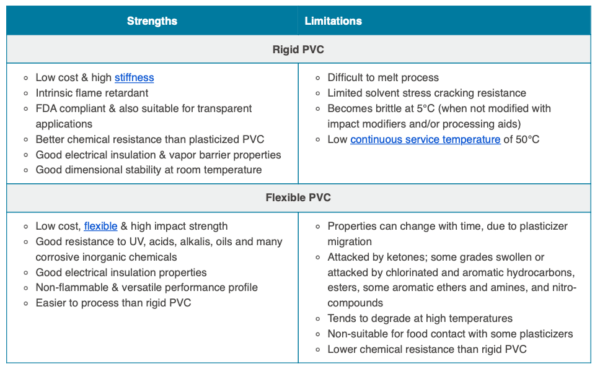Building a house is a significant undertaking, and understanding the breakdown of costs is crucial for successful budgeting. Material costs, in particular, represent a substantial portion of the overall expense. These costs can fluctuate dramatically depending on the size and complexity of the home, the quality of the materials chosen, and regional variations in pricing. Accurately estimating the material costs is essential to avoid unpleasant financial surprises down the road. Careful planning and research into current market rates are key to building your dream home within your budget.
Factors Influencing Material Costs
Several factors directly impact the material costs associated with building a house. Understanding these elements will help you make informed decisions and potentially save money.
- Size and Design: Larger homes with complex architectural designs invariably require more materials, leading to higher overall costs. Simple, efficient designs can significantly reduce material consumption.
- Material Quality: Choosing premium materials, such as high-end flooring, countertops, or roofing, will increase costs compared to standard or builder-grade options.
- Geographic Location: Material prices vary considerably depending on location. Transportation costs, local demand, and availability of resources all play a role.
- Market Fluctuations: The price of building materials is subject to market fluctuations, influenced by factors such as supply chain disruptions, tariffs, and global demand.
- Seasonality: Certain materials, like lumber, may experience price changes based on the season. Consider these seasonal variations when creating your budget.
Key Material Categories and Their Estimated Costs
Breaking down the material costs into key categories provides a clearer picture of where your money will be spent. The following provides a general overview; however, remember to obtain detailed quotes from local suppliers for the most accurate estimates.
Framing Lumber
Framing lumber forms the structural skeleton of your house. Costs depend on the size of the house, the type of lumber used (e.g., softwood vs. hardwood), and local lumber prices.
Roofing Materials
Roofing material options range from asphalt shingles to metal roofing to clay tiles. The cost depends on the material chosen, the size of the roof, and the complexity of the roof design.
Exterior Siding
Siding protects your home from the elements and contributes to its aesthetic appeal. Options include vinyl siding, wood siding, brick, and stone. Costs vary widely depending on the material and installation method.
Windows and Doors
Windows and doors are essential for energy efficiency, security, and aesthetics. The cost depends on the type of windows (e.g., single-pane, double-pane, energy-efficient), the size and number of windows, and the type of doors (e.g., solid wood, fiberglass, steel).
Interior Finishes
Interior finishes include flooring, drywall, paint, trim, and cabinetry. Costs depend on the quality and style of the materials chosen.
Plumbing and Electrical
Plumbing and electrical materials include pipes, wiring, fixtures, and appliances. Costs depend on the size of the house, the complexity of the systems, and the quality of the materials.
Tips for Managing Material Costs
- Obtain Multiple Quotes: Get quotes from several suppliers to compare prices and negotiate the best deals.
- Consider Value Engineering: Explore alternative materials or construction methods that can reduce costs without compromising quality.
- Purchase in Bulk: If possible, purchase materials in bulk to take advantage of volume discounts.
- Plan Ahead: Order materials well in advance to avoid delays and potential price increases.
- Monitor Inventory: Keep track of materials on-site to prevent waste and theft.
Example of Material Cost Comparison Table
| Material | Low-End Cost | Mid-Range Cost | High-End Cost |
|---|---|---|---|
| Flooring (per sq ft) | $2 | $5 | $15+ |
| Countertops (per linear ft) | $20 | $50 | $100+ |
| Roofing (per sq ft) | $3 | $7 | $12+ |
.
THE IMPORTANCE OF ACCURATE ESTIMATES
Underestimating material expenses is a common pitfall in home construction. This can lead to project delays, budget overruns, and compromises on desired features. To mitigate these risks, consider engaging a professional estimator or construction manager. These experts possess the knowledge and experience to provide accurate assessments of material quantities and associated costs, taking into account factors such as waste, delivery charges, and potential price fluctuations. Their involvement can prove invaluable in keeping your project on track and within budget.
CONTINGENCY PLANNING
Even with meticulous planning, unforeseen circumstances can arise during construction. It is therefore prudent to allocate a contingency fund, typically around 5-10% of the total material budget, to cover unexpected expenses. This fund can address issues such as material defects, design changes, or unforeseen site conditions that require additional materials. Having a contingency plan in place provides a financial safety net and prevents minor setbacks from derailing the entire project.
SUSTAINABLE MATERIAL CHOICES
Increasingly, homeowners are prioritizing sustainable and eco-friendly building materials. These options, while often requiring a higher initial investment, can offer long-term benefits in terms of energy efficiency, durability, and reduced environmental impact. Examples include reclaimed lumber, recycled content insulation, and low-VOC paints. When evaluating material costs, consider the life cycle cost analysis, which takes into account not only the initial purchase price but also the long-term costs of maintenance, energy consumption, and disposal.
COMPARING TRADITIONAL AND SUSTAINABLE OPTIONS
The following table provides a simplified comparison of traditional and sustainable material choices, highlighting potential cost differences and environmental benefits.
Material Category
Traditional Option
Sustainable Option
Initial Cost
Long-Term Benefits
Insulation
Fiberglass
Recycled Denim
Lower
Higher R-value, reduced environmental impact
Flooring
Vinyl
Bamboo
Comparable
Renewable resource, durable
Paint
Conventional Paint
Low-VOC Paint
Slightly Higher
Improved air quality, reduced health risks
Ultimately, the decision of which materials to use depends on individual priorities, budget constraints, and environmental considerations. By carefully weighing the pros and cons of each option, homeowners can make informed choices that align with their values and create a sustainable and cost-effective home.







